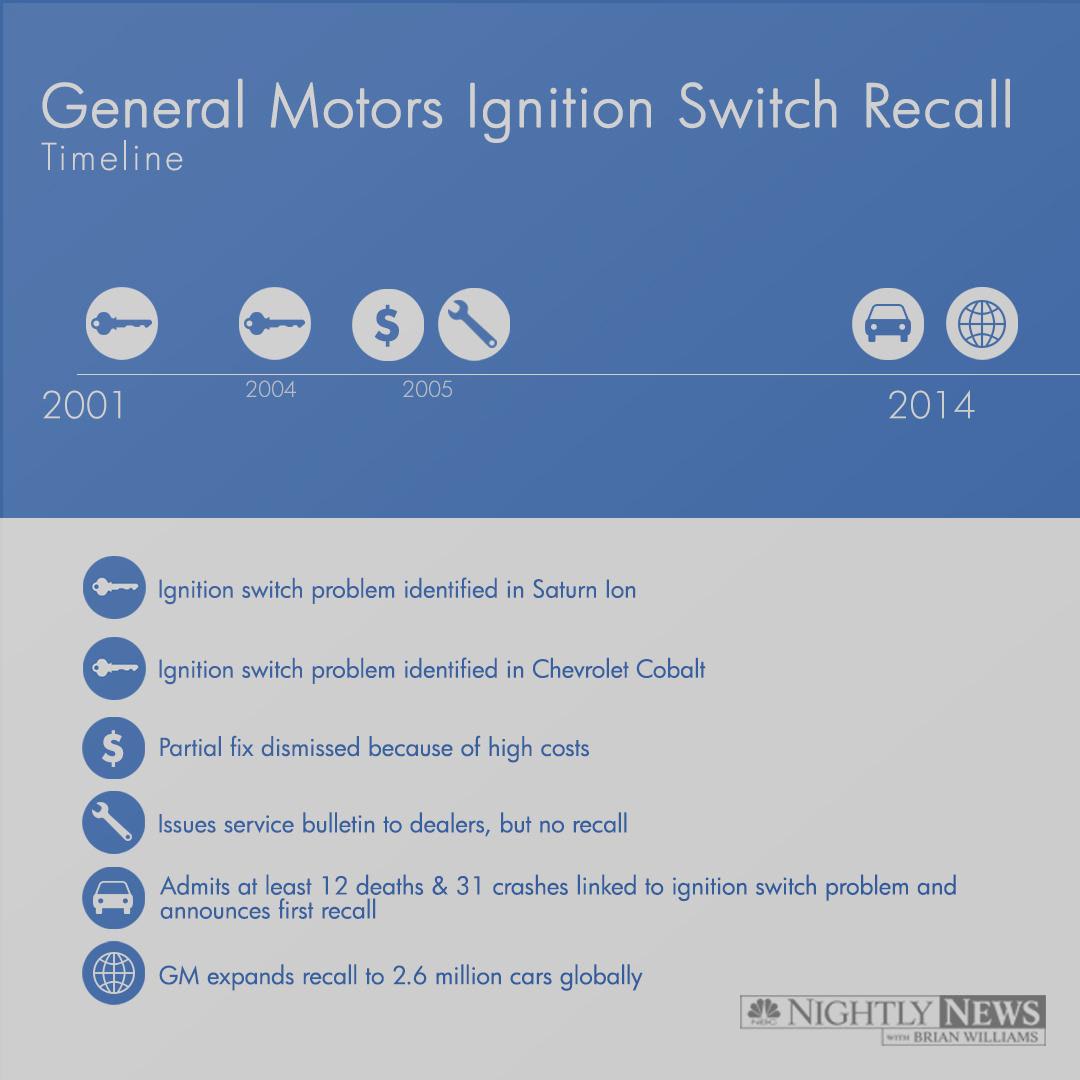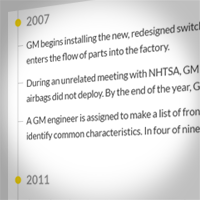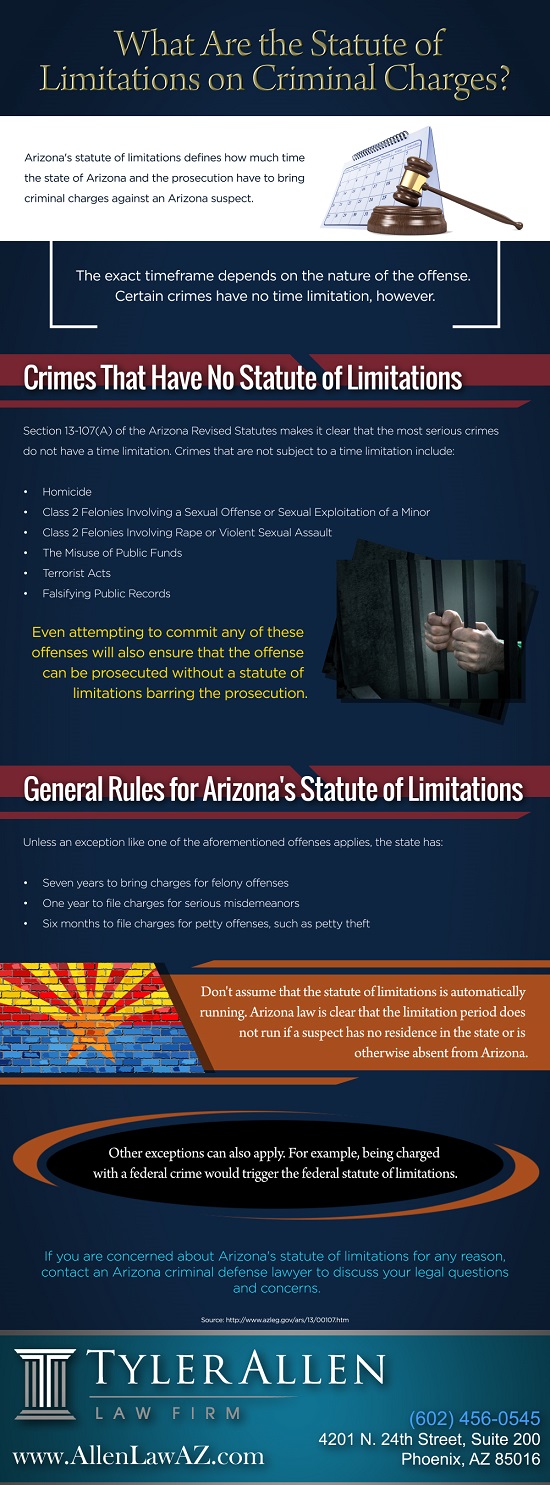General Motors faced over 180 class action lawsuits in 2022, a number that’s been increasing by 15% annually since 2019. This staggering figure highlights the ongoing challenges in the automotive industry and has significant implications for vehicle owners across the country. As someone who’s been following these developments closely, I can’t help but wonder about the impact on countless consumers and their rights.
Class action lawsuits against GM have become increasingly common and complex over the years. We’ve seen a shift from isolated incidents to large-scale, systemic issues affecting millions of vehicles. This evolution reflects changes in consumer awareness, legal strategies, and the automotive industry itself. It’s fascinating to see how these cases have transformed, with the average class size in GM lawsuits growing from 10,000 to 100,000 members in the last decade.
The financial stakes in these lawsuits are enormous. The average settlement in GM class actions now exceeds $100 million, a figure that’s hard to wrap your head around. But it’s not just about the money – over 60% of GM class actions in the past decade have involved safety-related issues, underscoring the critical nature of these legal battles.
I remember when news broke about the ignition switch scandal. It was a turning point for GM and exposed serious flaws in the company’s safety protocols. This issue alone affected over 30 million vehicles worldwide and led to unprecedented legal action. The scandal not only resulted in massive recalls but also reshaped GM’s approach to vehicle safety and consumer trust.

Source: NBC News
The ignition switch defect was linked to 124 deaths and 275 injuries, numbers that are truly sobering. GM ended up paying a $900 million criminal fine related to this scandal. It’s hard to fathom the real-world impact of these defects. I think about people like Sarah, a 28-year-old teacher, who was driving her 2005 Chevrolet Cobalt when the ignition switch suddenly turned off. She lost control and crashed into a guardrail, suffering severe injuries when her airbags failed to deploy due to the power loss. Stories like Sarah’s bring home the human cost of these defects and the importance of holding manufacturers accountable.
As the dust settled on the ignition switch cases, a new wave of litigation emerged focusing on transmission defects. While less deadly, these issues have proven to be widespread and persistent, affecting the daily lives of many GM vehicle owners. Over 800,000 vehicles are potentially affected by the alleged transmission defects, primarily in GM vehicles manufactured between 2015 and 2022.
Source: YouTube
The role of regulatory bodies in these lawsuits can’t be overstated. The National Highway Traffic Safety Administration (NHTSA) has initiated over 30 investigations into GM vehicles in the past five years. Their findings often serve as catalysts for legal action and can significantly influence the outcome of lawsuits. In fact, regulatory findings have been cited in 75% of GM class action complaints.
Government-mandated recalls have a profound effect on class action lawsuits against GM. They often provide the foundation for legal claims and can dramatically alter the course of ongoing litigation. Since 2010, GM has issued over 1,000 recalls affecting more than 100 million vehicles. It’s interesting to note that 60% of GM class actions are initiated within 6 months of a major recall announcement.

Source: CNN Money
Understanding the structure of a GM class action lawsuit is crucial for anyone considering joining one. These cases have unique characteristics that set them apart from individual lawsuits and even from class actions against other automakers. On average, a GM class action takes 3.5 years from filing to resolution. That’s a long time to wait for resolution, especially if you’re dealing with a defective vehicle in the meantime.
One of the most critical aspects of a class action is selecting the right class representatives. These individuals must effectively embody the interests of potentially thousands of class members, a task that comes with significant responsibilities. On average, 5-7 class representatives are selected for each GM class action, and they typically receive an incentive award of $5,000.
Ensuring that class representatives have claims typical of the broader class is particularly challenging in GM cases. The diversity of vehicle models, years, and reported issues can make finding truly representative plaintiffs a complex task. Courts reject about 25% of proposed class representatives in GM cases due to typicality issues. This requirement has led to the creation of subclasses in 40% of GM class actions.
GM employs a range of sophisticated legal strategies to counter class action claims. One of their most potent defenses stems from the company’s 2009 bankruptcy and restructuring. GM often argues that “New GM” isn’t liable for issues related to vehicles produced by “Old GM.” This strategy has had mixed success in courts, being used in over 200 class action cases since 2009. Interestingly, courts have rejected this argument in 60% of cases where it was presented.

Source: San Diego Union-Tribune
Deciding whether to join a GM class action isn’t always straightforward. While the process itself might be simple, the implications of joining – or not joining – can be significant and far-reaching. On average, 70% of eligible consumers join GM class actions when notified. The opt-out rate is around 0.5%, lower than the industry average.
Opting out of a class action to pursue individual litigation is a critical decision that requires careful consideration. It’s a choice that can significantly impact your legal rights and potential compensation. Individuals who opt out of GM class actions and pursue individual claims receive settlements 40% higher on average. However, only 2% of those who opt out actually file individual lawsuits.
Assessing your personal losses is crucial in deciding whether to remain in a class or pursue individual litigation. This calculation goes beyond mere vehicle value and can include various forms of economic and non-economic damages. The average individual claim against GM is valued at $25,000, compared to $3,500 for class members. Non-economic damages account for 40% of the total value in individual GM lawsuits.
Understanding how joining a class action affects the statute of limitations for your individual claim is crucial. It’s a complex area of law that can have significant consequences for your ability to seek compensation. The average statute of limitations for vehicle defect claims is 4 years, but it varies by state. Joining a class action tolls (pauses) the statute of limitations for individual claims. However, 20% of opt-out plaintiffs miss their filing deadline due to misunderstanding tolling rules.

Source: Squarespace
When a settlement is proposed in a GM class action, it undergoes a rigorous evaluation process. Understanding this process can help you make informed decisions about accepting or objecting to a settlement. On average, it takes 6-8 months for a court to approve a GM class action settlement. 90% of proposed GM class action settlements are approved by courts.
Class members have the right to formally object to proposed settlements. While relatively rare, successful objections can lead to significant improvements in settlement terms. Less than 1% of class members typically file objections to GM settlements. However, courts have modified settlement terms based on objections in 25% of GM class actions. The most common objections relate to the adequacy of compensation (60%) and attorney fees (30%).
As we look to the future, it’s clear that the nature of class actions against GM will continue to evolve. Emerging technologies and changing consumer expectations are likely to shape the legal landscape in the coming years. Experts predict a 50% increase in technology-related class actions against GM by 2030. Environmental claims are expected to account for 25% of GM class actions within the next decade.
With GM’s push towards electrification, we’re likely to see a new wave of class actions centered around electric vehicle (EV) technology. These cases will likely focus on issues unique to EVs, presenting novel challenges for both plaintiffs and GM’s legal team. GM plans to invest $35 billion in EV and autonomous vehicle technology by 2025. The first EV-related class action against GM was filed in 2022, with more expected. Battery-related issues are predicted to account for 70% of EV class actions.
As GM makes bold promises about the range and longevity of its EV batteries, any shortfalls in real-world performance could lead to significant litigation. These cases will likely hinge on complex technical evidence and evolving industry standards. GM claims its Ultium batteries will provide a range of up to 400 miles on a single charge. Battery degradation exceeding 30% within 8 years is considered abnormal and could be grounds for litigation.
As GM vehicles become more connected and autonomous, issues of data privacy and cybersecurity will likely spawn a new category of class actions. These cases will intersect with evolving data protection laws and raise novel questions about liability. GM vehicles are expected to generate up to 4 terabytes of data per day by 2025. The first autonomous driving-related class action against an automaker was filed in 2022. Experts anticipate that 30% of future GM class actions will involve data privacy or cybersecurity issues.
The potential for hacking or data breaches in connected GM vehicles presents a new frontier for class action litigation. These cases will likely involve complex questions of causation and damages, as well as evolving standards of care for automotive cybersecurity. A 2024 study found that the average connected car has 100 million lines of code, presenting numerous potential vulnerabilities. The cost of a major automotive cybersecurity breach is estimated at $1.1 billion. GM has increased its cybersecurity budget by 200% since 2020, anticipating future legal challenges.

Source: Security Intelligence
While we don’t specialize in class actions, we understand the complexities involved in these cases. If you’re considering joining a GM class action or pursuing an individual claim, our team can provide valuable insights to help you make an informed decision. We’re committed to ensuring your rights are protected, whether you’re dealing with a defective vehicle or considering your options in a class action scenario. Don’t hesitate to reach out for a consultation – we’re here to help you navigate these complex legal waters.
For those interested in learning more about general automotive legal issues, our guide on handling Las Vegas accident claims provides valuable insights that can be applied to various vehicle-related legal situations.
If you’re curious about how personal injury cases are typically approached, our page on Our Approach to Personal Injury Cases offers a comprehensive overview of our legal strategy and client-focused methodology.
For a deeper understanding of how fault is determined in vehicle-related cases, our guide on navigating car accident litigation provides useful information that can be applied to various automotive legal scenarios.
If you’re dealing with injuries resulting from a vehicle defect, our page on Understanding Compensation Types can help you grasp the various forms of damages you might be entitled to in a legal claim.
To better understand the potential long-term effects of injuries sustained in vehicle accidents, particularly those involving head trauma, see our guide on brain injury settlements for valuable insights.
Learnings Recap
- GM class actions have evolved from isolated incidents to large-scale, systemic issues affecting millions of vehicles.
- The ignition switch scandal and transmission troubles represent two major chapters in GM’s legal challenges.
- Regulatory bodies play a crucial role in shaping the landscape of GM class actions.
- Understanding the structure and unique characteristics of GM class actions is essential for potential plaintiffs.
- Deciding whether to join a class action or opt out requires careful consideration of individual circumstances.
- The future of GM class actions will likely focus on electric vehicle technology and data privacy issues.




